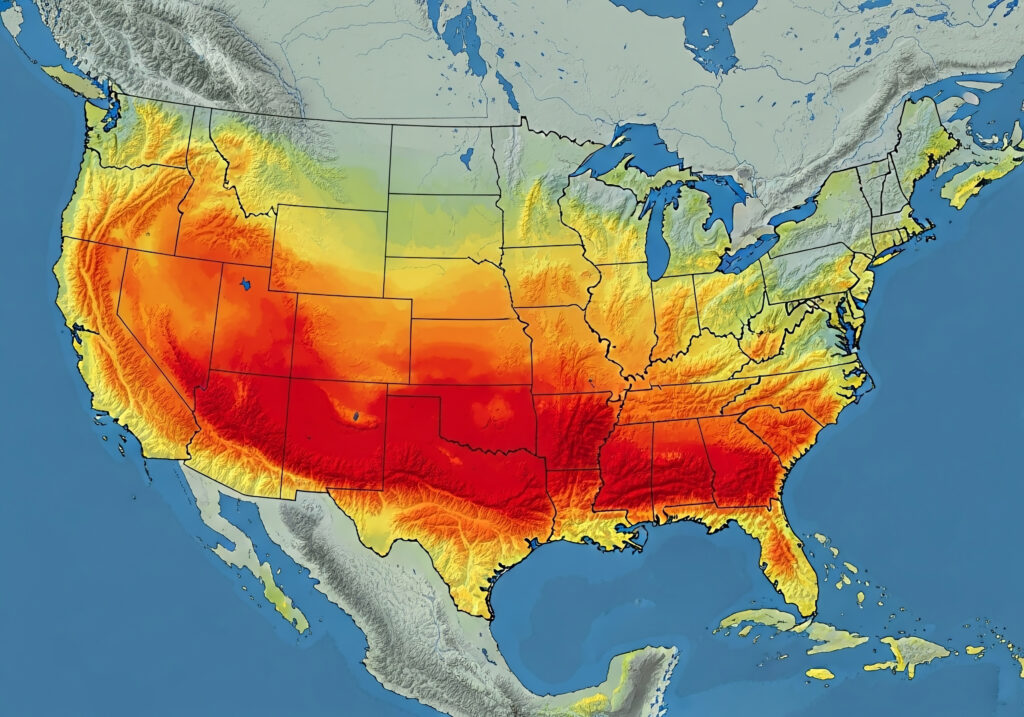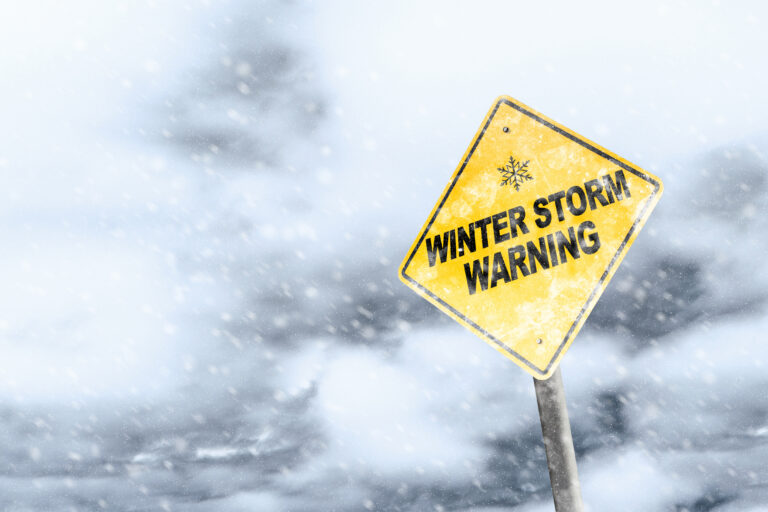Fall Is Getting Warmer—and It’s Not Just Your Imagination
Across many regions, the familiar chill of fall is showing up later and lasting for less time. While the leaves may still change color, rising autumn temperatures are quietly transforming what used to be one of the most predictable seasons. This isn’t a fluke—it’s a result of long-term climate trends that are delaying cool-downs and extending summertime conditions well into what was once considered sweater weather.
Climate Trends Show a Consistent Warming Pattern
Meteorological data confirms that fall temperatures have steadily increased over recent decades, particularly in the northern United States and parts of Canada. Warmer air masses, later-arriving cold fronts, and milder nighttime lows are becoming the norm. These temperature shifts are consistent with global climate change and are projected to continue in the coming years.
In many places, September now resembles a second August, while October is often milder than it was a generation ago. For cities already dealing with summer heat extremes, the lack of relief in fall is becoming a new challenge.
Leaves Are Falling Later—and Changing Color Differently
One of the most visible signs of a warming fall is the change in foliage behavior. Trees depend on cool nights and shortening daylight to trigger the chemical process that leads to vibrant fall colors. But with temperatures staying higher for longer, that process is delayed.
The result? Leaves change later, the colors are often less vivid, and the entire season of peak foliage becomes shorter or less reliable. These changes may impact tourism in areas that depend on fall visitors—and also signal deeper disruptions in forest health.
Farmers Are Facing New Timing Challenges
In agriculture, timing is everything—and a warming fall is throwing off long-established growing cycles. In some cases, longer warmth extends the growing season, but it also increases the risks of late-season pests, plant stress, and crop timing mismatches.
Fruit trees, for example, need a period of cold dormancy to properly reset for the next growing season. If autumn is too warm, the following year’s harvest could be affected. Other crops, like grapes or apples, may ripen too quickly or unevenly, impacting quality and yield.
Animals and Insects Are Reacting to the Shifts
Wildlife that depends on seasonal cues is also adjusting—or struggling to. Birds may delay migration, insects may remain active longer, and some animals may hibernate later than usual. These behavioral changes can lead to mismatches between food availability and survival needs.
For example, if insects linger into late fall, they may interfere with crops or carry diseases. Meanwhile, animals that rely on cooling temperatures to signal mating, migration, or preparation for winter may find themselves out of sync with their environment.
A Subtle Shift with Widespread Effects
What makes the warming of fall so significant is how quietly it changes everything. Unlike dramatic storms or heatwaves, a warmer fall arrives gradually—but it affects forests, farms, wildlife, and even energy use. Heating systems stay off longer, allergy seasons stretch out, and ecosystems operate on a different schedule than they used to.
This evolving season is a clear example of how climate change doesn’t just bring extremes—it also alters the everyday rhythms we’ve long taken for granted.
Adapting to a New Kind of Autumn
As fall continues to warm, communities will need to adapt—from adjusting crop calendars to updating public health guidance and rethinking seasonal expectations. The symbols of autumn may remain, but the experience of the season is shifting in ways that are likely here to stay.
The chill of fall may return—but it’s arriving later, staying shorter, and carrying with it the unmistakable signature of a warming world.


